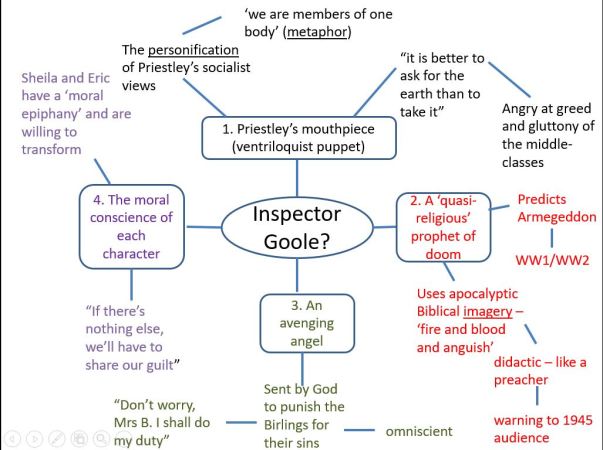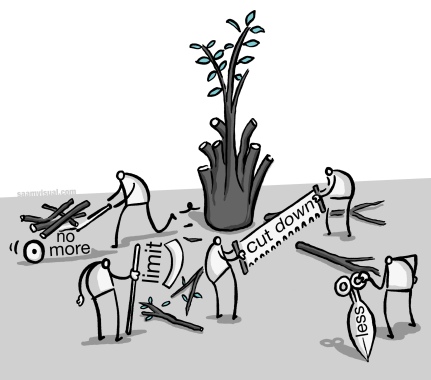Images: @jasonramasami
I have recently been putting the finishing touches to the first draft of my forthcoming book, Making Every English Lesson Count. The book will look at how the six principles that Shaun Allison and I explored in Making Every Lesson Count – challenge, explanation, modelling, practice, feedback and questioning – can improve the teaching of English. It will also challenge some of the myths I have heard (and have believed) about English teaching. Most of these are not myths in the purest sense; they are partial-truths that can limit our practice if we are not mindful of them.
I am also aware that these might seem like a series of straw man arguments. I do not think for one moment that experienced and skilled English teachers seriously believe in them. Nevertheless, I have heard each of them referred to – implicitly or explicitly – at some time or other. Think of the myths as a set of provocations as much as anything.
A special thank you to Jason Ramasami who has illustrated each myth with his customary precision and humour. The first five myths are published below. The next five will be available tomorrow morning. Watch this space …
*
Myth 1: English is a skills-based subject.
Next time your class have completed a timed reading response, identify the best essay and then identify the best paragraph in this piece. Now work backwards. What types of knowledge does the student utilise? Knowledge of plot? Knowledge of historical context? Knowledge of important quotations? Knowledge of vocabulary? Knowledge about the writer’s themes and ideas? I imagine there will be a huge depth of interconnected knowledge – even if the assessment rubric demands that you assess skills.
In fact, good general knowledge is fundamental to reading new texts too – we cannot make strong inferences without it.
Yes, there are generic skills in English, but they need to be applied to something. This is where knowledge comes in.
Myth 2: A polished piece of writing in a student’s book is always a sign of a good writer.
Polished writing is often a sign of a good writer, but not always. The level of scaffolding and support a teacher has given can mask huge gaps. This was always the problem in the days of coursework: teachers felt pressurised to do most of the thinking and hard-work for the students. Unless all students do exactly the same task in exactly the same conditions, comparisons are hard to make within or across classes and schools.
Similarly, if you are going to collect data on progress, then you must ensure that all assessments are carried out in the same way. If not, the data, like the polished work, does not tell the full story.
Myth 3: Redrafting/DIRT fills learning gaps.
Again, it can fill them, but not always. It is wise to give students time to work on their mistakes and misconceptions, but the re-drafted or improved work should not be confused with closing the gap. If you want to test whether the gap has been filled, then test them again a few months later to see if you can find substantial improvements. Improved work in the short-term is not evidence of long-term learning.
Myth 4: Sharing grade/level descriptors with students is a useful strategy.
It is useful to provide reminders of key assessment obectives – i.e. remember to embed quotations; to evaluate the effect on the reader; and to consider contextual factors. However, writing is a complex skill that cannot be bottled down into neat descriptors. We know that ‘sophisticated’ is better than ‘competent’ but knowing this is about as helpful as being trapped in a cave with a torch without batteries. If you want students to be able to descriminate between levels of quality, then your best bet is to talk through and discuss some examples.
Myth 5: Texts that relate to students’ lives should always be chosen for study.
Surely the idea of school is to introduce young people to ideas, experiences and knowledge beyond the confines of their day-to-day lives? Texts should open doors to new worlds; otherwise, we lock and bolt young people in the rooms they already occupy.
*
Thanks for reading. As always your comments would be much appreciated. Here’s the link to Part 2.

















